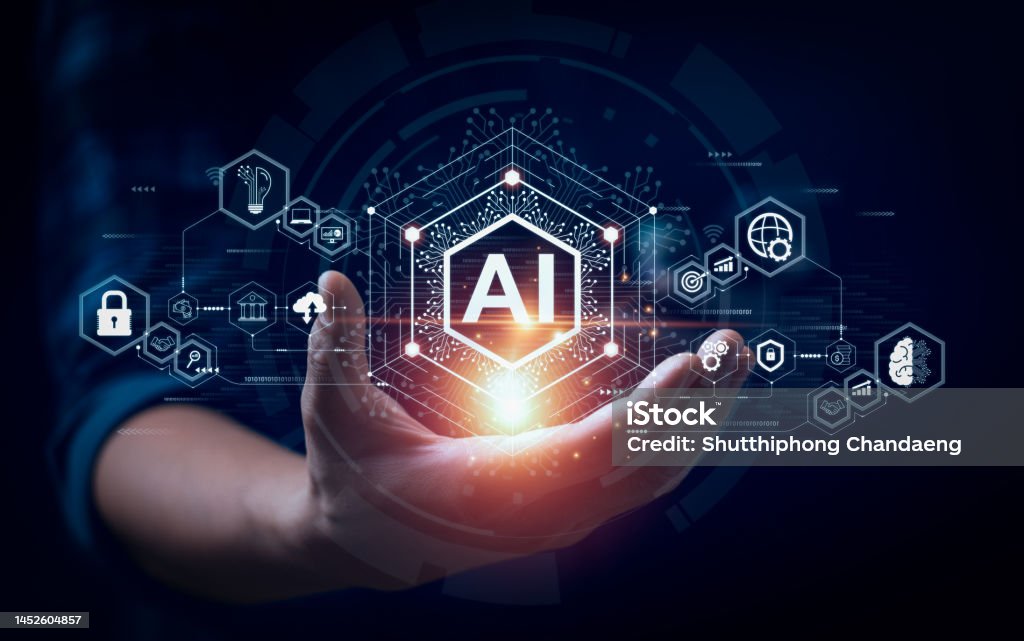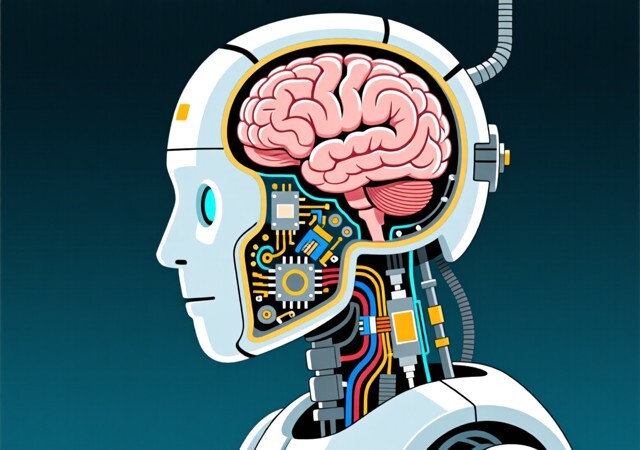AI is the ultimate business transformation project
Article by James Flint
When I was working for Wired, back in the late 1990s – a couple of years before Google was founded, around eight years before Facebook – my fellow editors and I would think about what which companies were best positioned to benefit from the advent of the Internet. We were looking for feature ideas – executives we quiz about their plans to ride the coming digital wave.
One of the companies whose card we marked was Argos, which sold nearly everything you could possibly buy through its voluminous catalogue. Surely they could see what plucky start-ups like Amazon were doing… and surely they had the infrastructure and acumen in place to eat their lunch? After all, one of the inspirations for the Californian pioneer behind the early Internet had been the Whole Earth Catalogue itself. Shouldn’t Argos, whose catalogue put the Whole Earth’s to shame, be perfectly placed to make an online transition?
But we couldn’t get anyone at Argos to speak to us, and over the following decade it became abundantly clear that whenever there was lunch going on, it was Amazon that was doing the eating.
Years later – over 20 years later in fact – I found myself working with someone who’d had a seat at the Argos top table around the time of that first dotcom boom. And one day I asked him why it was that the catalogue giant hadn’t capitalised on the epochal opportunity that had been presented to it?
His answer was sobering. The idea, he told me, had been much discussed. There had been a caucus of like-minded people who had wanted to move in that direction. But the corporate inertia had proved insurmountable. The early internet felt sketchy and uncertain, no one with budget would take a risk on the project, the R&D funding couldn’t be unlocked, and the internal transformation required to reposition the business couldn’t be done.
The company was doing well enough as it was, surely? Why take a chance on this strange new technology, when the C-suite and board had so many other demands on their time and attention?
By the time Argos did eventually migrate online, well into the next millennium, Amazon had become a global retail giant, and that first mover advantage was done. Argos survived, largely in thanks to a thorough, if belated, digital transformation. Blockbuster video, and many other companies who didn’t see the binary on the wall, didn’t.
It’s easy in hindsight to see the roads not taken, and no doubt the truth of the matter is much more complicated than my crayon sketch above, and I’m not sitting here in the lucky position of someone who made a fortune thanks to their fancy digital footwork, because I didn’t. But the point of this story isn’t so much the missed opportunity – opportunities can be missed even if you prepare for them with both hands – but the way in which corporate inertia prevented any kind of transformative preparation from happening.
I head up Securys’s aiEthix business unit, so I spend a lot of my time working on AI governance. And one of the things I’m discovering is that you can’t provide good governance if you don’t understand why or how companies could and should be using this technology in the first place, which is why the tale of Argos came to mind.
There are certainly a lot of parallels between the current AI frenzy and the first dotcom boom. There’s a huge buzz about the new technology, everybody’s talking about it, there’s vast amounts of capital being poured into it, and everyone and their cousin is giving it a go. But as with the early web, while there’s a lot of wow factor in being able to do things that we simply couldn’t do – or even properly conceive of doing – before, there’s also a dearth of tangible gains in terms of bankable efficiencies or increases in productivity. There is also quite a lot of risk, either real or perceived.
In a recent edition of his excellent technology/culture newsletter, Exponential View, Azeem Azhar divided the “whys” of company deployment of AI into three core buckets:
- Doing what they already do, but cheaper.
- Doing what they already do, but better.
- Doing entirely new things altogether, things that previously were not possible.
Most companies are going to start out with Level 1 – trying to take existing processes and make them cheaper: replacing or augmenting your customer service with chatbots, for example. Or – more simply – using Copilot to summarise meetings held on Teams. Then they might try Level 2 – not just looking for efficiencies and productivity gains, but actually trying to improve the way they do things.
The catch with both these things is that the time, effort and investment required to have an impact is going to be substantial, and the impact is likely to be incremental at best.
The real value of introducing AI isn’t to be found at levels 1 and 2. The real value is at level 3, and what we really need is the vision to see what this technology is going to allow our businesses to do in 5-10 years’ time. The thing we should be looking at is how we need to transform the whole company to make sure that we can do the things that aren’t possible right now, by putting ourselves in a situation to make them possible. Then we can and should see that levels 1 and 2 are part of the means for getting to that entirely new place, not ends in themselves.
Seeing that far ahead is a challenge. Firstly because, to quote the father of the atom, Niels Bohr, prediction is very difficult, especially if it’s about the future. And also because AI is still in its infancy and no one really knows which way the technology will go. But it was possible in 1996 to look at the early internet and see the implications of a network, global communications system for catalogue shopping, even if you didn’t know very much about how the technology worked – we were doing it at Wired in the early 1990s, I know because I was there. So it is equally possible to look at AI today, in 2024, and see that the technology provides an unprecedentedly straightforward way to apprehend and combine data from previously very separate silos, interact with software and data using natural language (a transition like that of the touchscreen, which allowed us to interact with software and data by touching it) and trigger and control actions from multiple agents capable of acting with varying degrees of autonomy in the face of uncertainty, both within our devices (see Apple Intelligence) and beyond them (bots, drones, driverless cars).
What this means for you depends on the business you’re in, but what it will mean is that there will be the opportunity in the next few years to use this technology to do things that you – and no one in your sector – has done before, and open up new markets in the process.
We should think about AI, then, as the ultimate transformation project. It’s a project that starts with thorough data mapping, data governance, cyber security and information management. It then continues with data architecture, systems design, AI governance and staff education and training. Along the way, if you get to do somethings cheaper and some things better, that will be a win, but attempts to achieve these things should be seen as part of the transformation process, a way of driving, sand-boxing and stress-testing it, not as ends in themselves. What is most important is that you try these things, learn from them, and feed that learning back into your systems, because only that way will you be have a chance of chasing the biggest opportunities presented by AI, when they arrive. Even if you don’t know quite what they are, yet.




